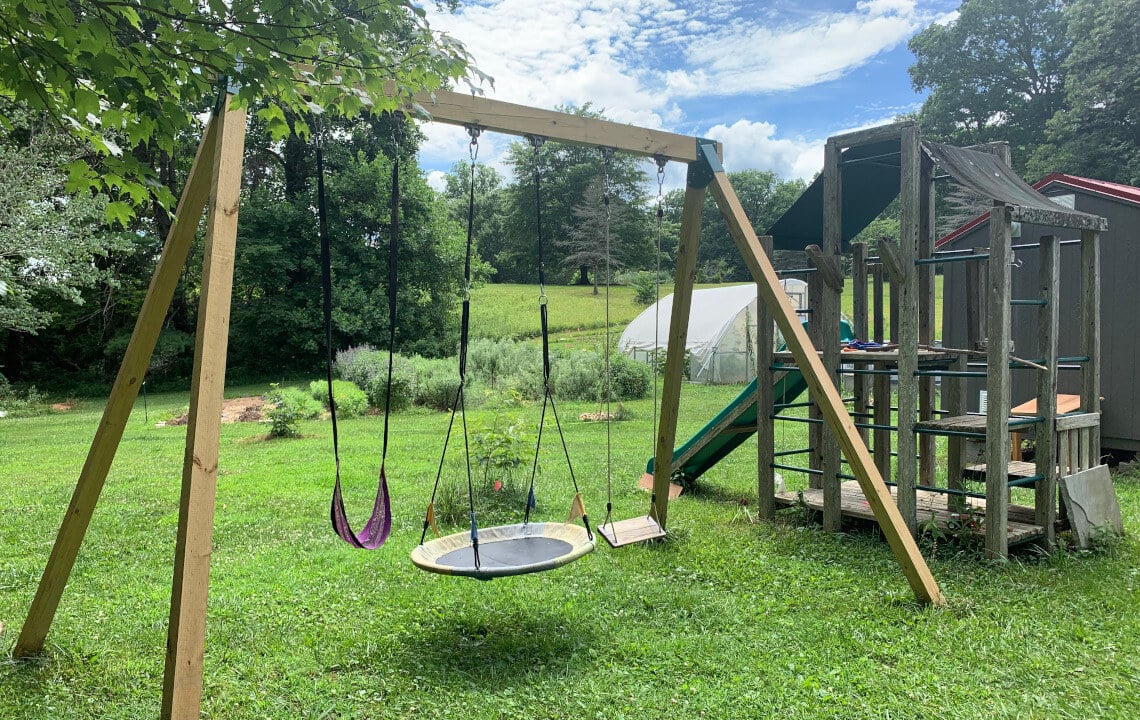Scandalous books about the private lives of bees have dominated the best seller lists in years past. Since I never read them, I can hardly dispute or verify what is rumored to go on amongst bees in private. I will tell you, however, that the public lives of bees are steamy enough.
Bee society, unsurprisingly, is dominated by women. They run the beehive and do all the work. At least half of you are unsurprised at this.
The head female bee, known appropriately as the queen, is the largest bee in the hive, though all the male bees know better than to point this out. None of the males ever graduate to king, likely due to a lack of ambition.
The queen also rules the roost with an iron wing. The workers, which are infertile females, build the hive, search for nectar, feed the young, and vacuum. Well, maybe not vacuum, but literally everything else. The male bees, known as drones, just mate with the queen and die. Males lack the ability to sting; they buzz a lot; and are completely harmless, although their incessant buzzing probably indicates they talk a good game with their buddies.
 To prove just how useless male bees are, unless the queen is around to stick up for them, should food become scarce in the fall the females kick them out and let them starve. Coincidentally, this occurs about the same time as football season.
To prove just how useless male bees are, unless the queen is around to stick up for them, should food become scarce in the fall the females kick them out and let them starve. Coincidentally, this occurs about the same time as football season.
The queen bee’s control of the hive comes not surprisingly from the use of hormones. One hormone is used to attract drones and another is used to keep other females infertile. With all these hormones and females in one hive, it makes sense that the males would be completely harmless, lack a sting, and get thrown out of the hive to starve.
Since the hives are comprised mostly of women, it should also come as no surprise that they like to dance. In fact, Karl von Frisch won a Nobel Prize in 1973 by figuring out the language of bee dancing. (Stay tuned . . . this could be the scandalous part). He determined that bees know two dances, neither of which are the Shag.
In the first dance, worker bees dance in a circle indicating the source of nectar they have found. In the second dance, they indicate the distance to the nectar by wagging their tails. In hindsight, this tail-wagging dance may have inspired the invention of the Shag.
To aid their studies of bee dancing, scientists invented a robotic bee that could perform these dances. Sometimes, just for kicks, the scientists would get the robotic bee to send all the others in the wrong direction, proving only that scientists are easy to amuse.
The male bees, on the other hand, communicate mostly by sounds. Probably, this is due to their being lousy dancers.
“Busy as a bee” is a phrase well justified, as the typical worker will visit and pollinate 10,000 flowers in a single day. Literally, they live on fast food.
All this activity targets one objective: making honey. Honey-making is a complex process, at least to me.

From what I can tell, it begins when a bee absorbs nectar into a honey sac, which works something like a stomach. On the trip back to the hive, some of the nectar is eliminated, and you can probably guess how.
The nectar is then enriched by the bee glands and unloaded back at the hive, and once again, I’ll let you envision this part of the process. Other bees do something disgusting to process it, and then flap frantically to evaporate more water. This distilling goes on for a while and when the water content drops to 17-20%, the revenuers show up. Just kidding, but the honey is “ripe” at that point.
Bees produce honey with the hope of getting to eat it all winter. This is especially true of the drones, who run the risk of getting the boot.
The typical bee colony consists of 50,000-60,000 workers and who knows how many slackers. They produce on average 50 lbs. of honey and no biscuits.
Another reason they need all this honey is that they do not hibernate. Instead, they pass the winter eating and huddling to keep warm, probably around tiny potbelly stoves.
With all the honey-making and tail-wagging going on, it’s no wonder bees lead such scandalous lives. I’d say more, but you never know exactly which wisecrack will get you kicked out of the hive.
Are you looking for country land to start your own bee operation or fulfill another dream of country living? View country land for sale throughout the South on our parent company's website at RaydientPlaces.com.

























